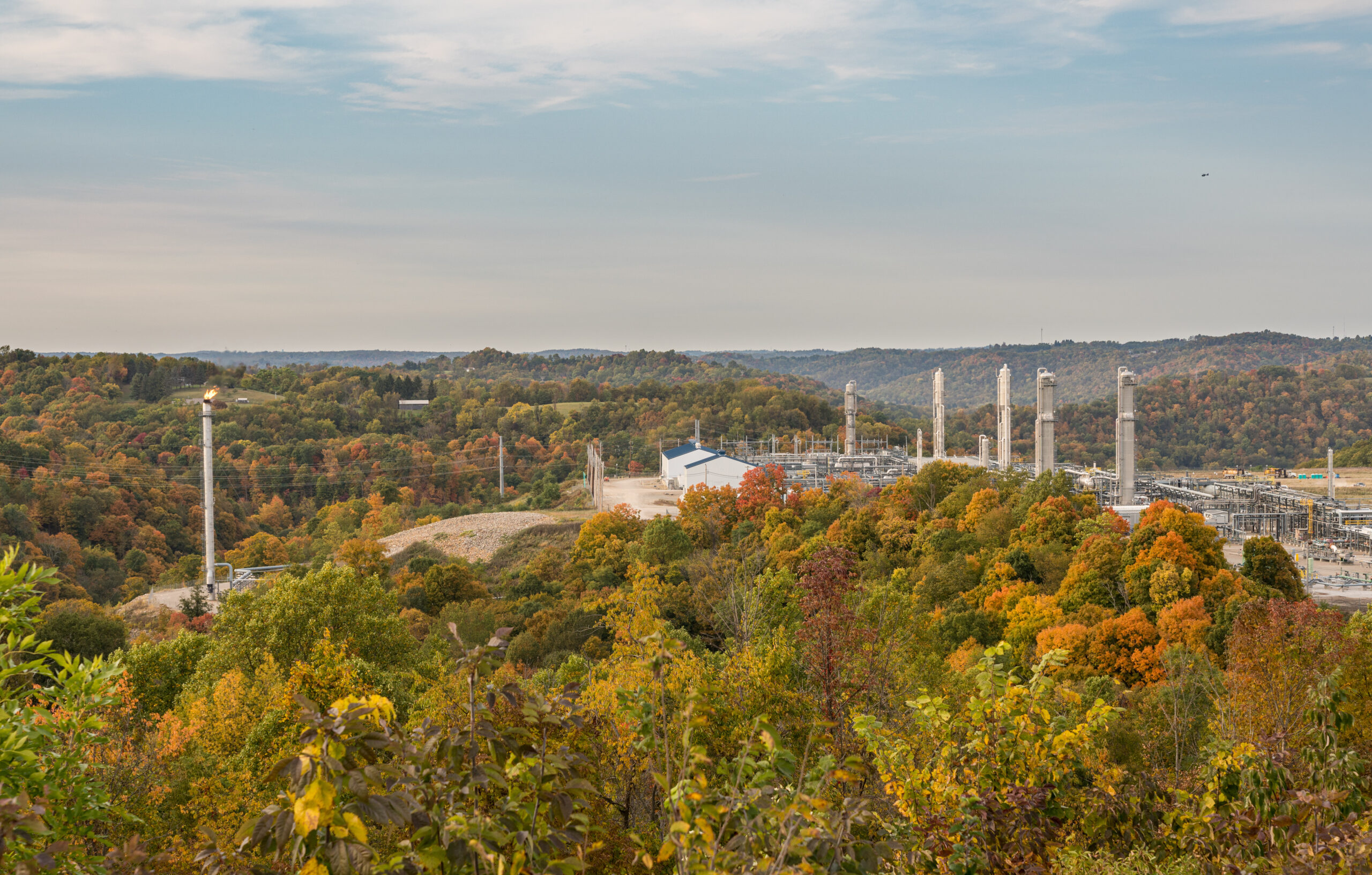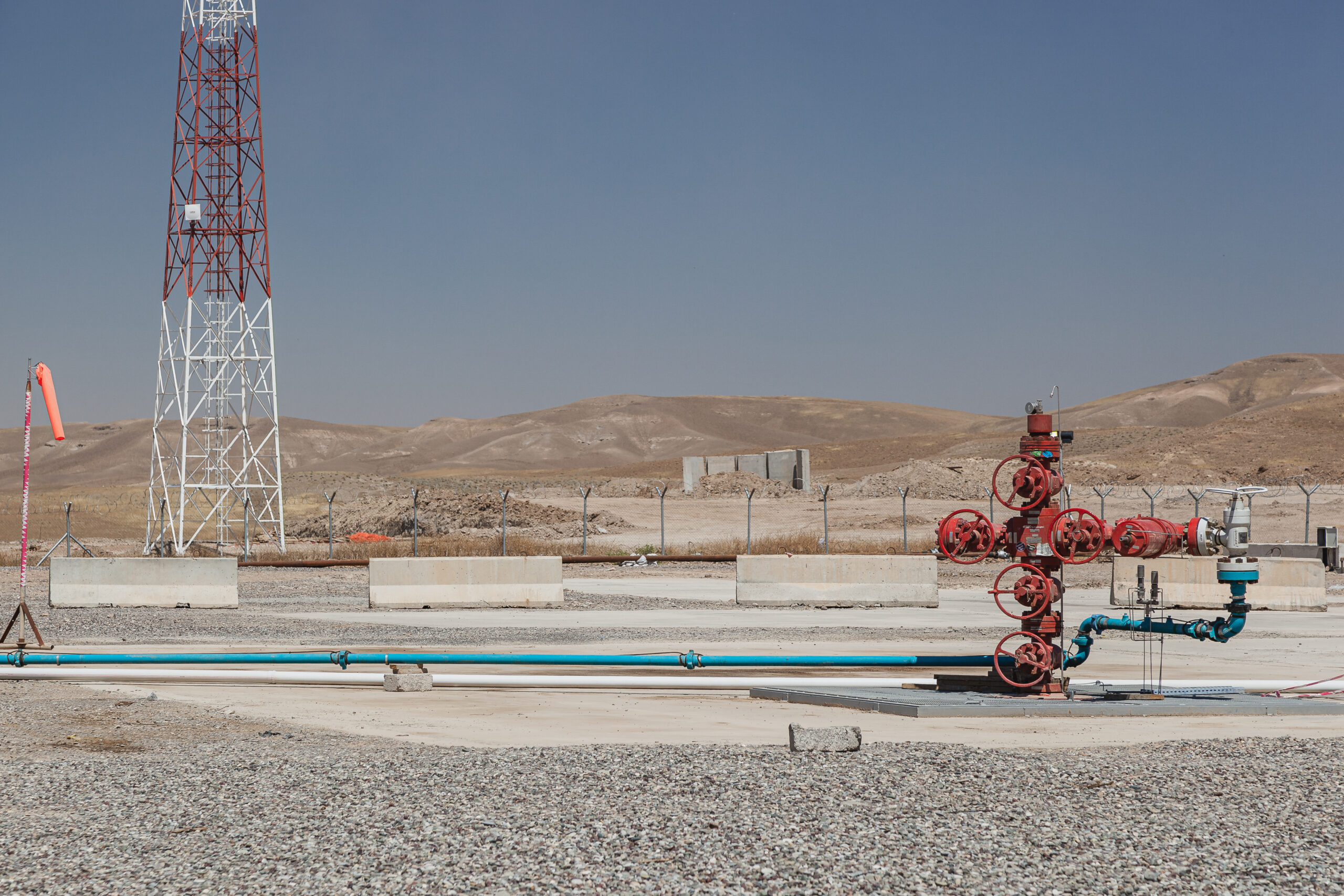Appalachian gas growth comes to an end – study
The U.S. region powered the shale gas boom for over a decade. But pipeline constraints mean that production growth of Appalachian gas is stalling out.

The blistering growth of Appalachian natural gas production is over, and the region may grow only marginally for the next few years before topping off around 2027. Hemmed in by a lack of pipeline capacity, combined with pressure from investors to avoid a “drill at all costs” mentality, gas producers are having to adapt to a reality in which growth comes to an end, according to an analysis from RBN Energy, a Houston-based energy market analytics firm.
That would be a remarkable development for a region that powered much of the shale gas boom over the past 15 years. Gas production averaged 33.4 billion cubic feet per day (Bcf/d) in Appalachia in 2022, about a fifth of the nation’s total.
But that was down slightly from the year before, the first annual decline since the fracking era began around 15 years ago. Appalachian gas grew by around 4 Bcf/d in each year in 2013 and 2014. For 2015-2017, that pace of growth decelerated to 2.5 Bcf/d, still a substantial increase.
Production has expanded much more slowly since the pandemic, ultimately dipping slightly in 2022. RBN Energy says that a combination of cost inflation and a shortage of materials and labour have become significant headwinds. But the biggest obstacle comes down to the ability to move gas out of the region.
“However, far and away the biggest constraint for Appalachian producers has been the increasingly grim prospects for new pipeline takeaway capacity,” the firm said.
The recent federal legislation that explicitly approved the Mountain Valley Pipeline — a highly controversial pipeline that is years delayed and vastly over budget — will be the biggest chunk of additional takeaway capacity for Appalachian producers in years if it comes online.
But pipeline developers are no longer interested in new long-distance projects, scared away by repeated delays due to local opposition.
“[T]he appetite for capital investment in hydrocarbons development in the Northeast has largely evaporated,” RBN said.
That leaves the region with no other major pipeline projects after Mountain Valley Pipeline. The result is that Appalachian producers “are adapting to a new reality characterized by no new growth in egress capacity and wide swings in seasonal gas demand,” RBN said.
The Houston-based analysis firm sees Appalachian gas production rising by just 1 Bcf/d each year through 2025, “before growth slows to a crawl and supply becomes capped at a little over 37 Bcf/d by 2027.” If the Mountain Valley Pipeline is completed, it would only take that 2027 figure up to 39 Bcf/d.
The end result is that Appalachian gas drillers have “retreated into maintenance mode,” the firm added. That means keeping production flat —preventing output from falling, but not attempting to grow.



